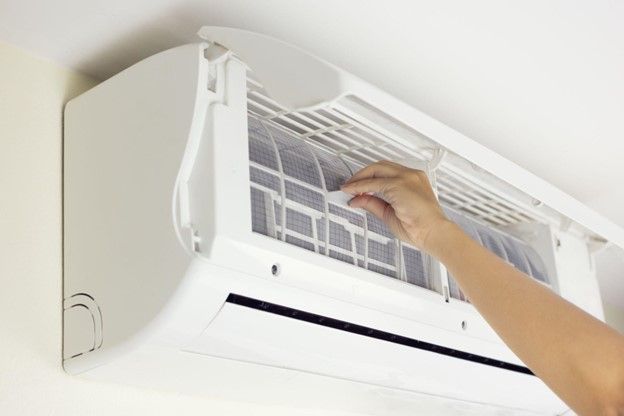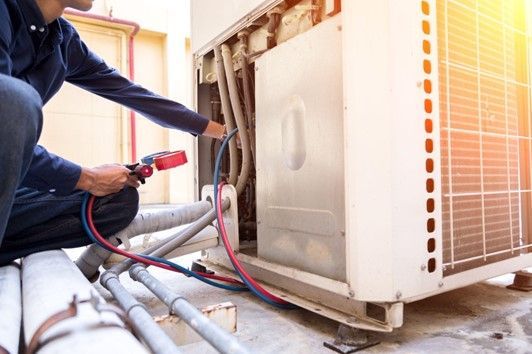Three Contaminants That Might Be Lurking in Your Air Ducts
The contaminants in your duct systems are a major source of indoor air pollution. Unfortunately, air ducts often have the right conditions to encourage most of these contaminants to thrive and go undetected for a long time.
Each time your HVAC system runs, these pollutants slowly find their way into your home, lowering the quality of the air you breathe. If you or your family members suffer from a respiratory illness, these contaminants might worsen the disease symptoms. Moreover, everyone who lives with you might develop allergies that don't seem to stop.
Discover more about the most common pollutants you're likely to find in your air ducts.
1. Dust, Dirt, and Pollen
These contaminants are pretty common for most homes. Generally, the furniture and carpets in your home will collect dust over time. And each time you open your doors and windows, dust and dirt particles may settle inside your house.
In addition, dead skin cells and hair that your pets shed can also accumulate and scatter around the house. Pollen from nearby vegetation may also get inside your house and contaminate breathable air.
Over time, these particles can become airborne and end up in your ductwork. Even worse, the particles can be quite small and not easy to identify.
While your air filter can catch a few of these particles, some can pass through into the ducts. These contaminants will always be in circulation whenever you turn on your AC or furnace. You're more likely to develop allergies, asthma, and uncomfortable skin conditions if you're exposed.
2. Mold
Mold spores can easily blend in with your home's indoor air. These spores are tiny, and you can hardly see them.
Small amounts of mold may not be enough to harm your health. But with time, uncontrolled mold growth could become a huge menace. The tiny mold spores may trigger allergic reactions and unexpected respiratory attacks.
Unfortunately, several mold colonies may form inside your ductwork without your knowledge. The warm, moist conditions in your ducts (especially during colder months) are a significant trigger for some types of mold.
With severe infestation, you might notice a unique musty smell lingering in your home. You could also spot mold patches spread out across different parts your HVAC system. If you spot any of these signs, you need to act fast before you have more serious problems to think about.
3. Dust Mites and Other Pests
Your home's air ducts transfer warm air in the cold season and cool air in the hotter months. These are ideal conditions for pests and birds to build their nests and thrive in your ductwork.
Some of these critters are harmful since they spread disease-causing pathogens inside your home. In addition, they could damage your ducts as they nibble away at the structures or leave droppings along their path.
Other microscopic pests, such as dust mites, can silently cause trouble. These microorganisms prefer environments with high humidity levels and can cause severe allergies to anyone in the home.
Dust mites hide under mattresses, beddings, and other hard-to-access areas. However, they don't directly affect you since they aren't natural parasites. The main danger is their fecal waste that contains high amounts of allergens.
Dust mite feces cause severe lung irritation and a myriad of other respiratory issues. And because you can't see these mites, regular duct cleaning schedules can help you keep their harmful effects at bay.
If you don't pay attention to your air ducts, you may have to constantly deal with recurrent health issues. Clean air ducts not only benefit your health but that of your pets as well. Make sure to schedule regular cleaning schedules with qualified experts like C. J. Services, Inc. for a healthier indoor experience.



